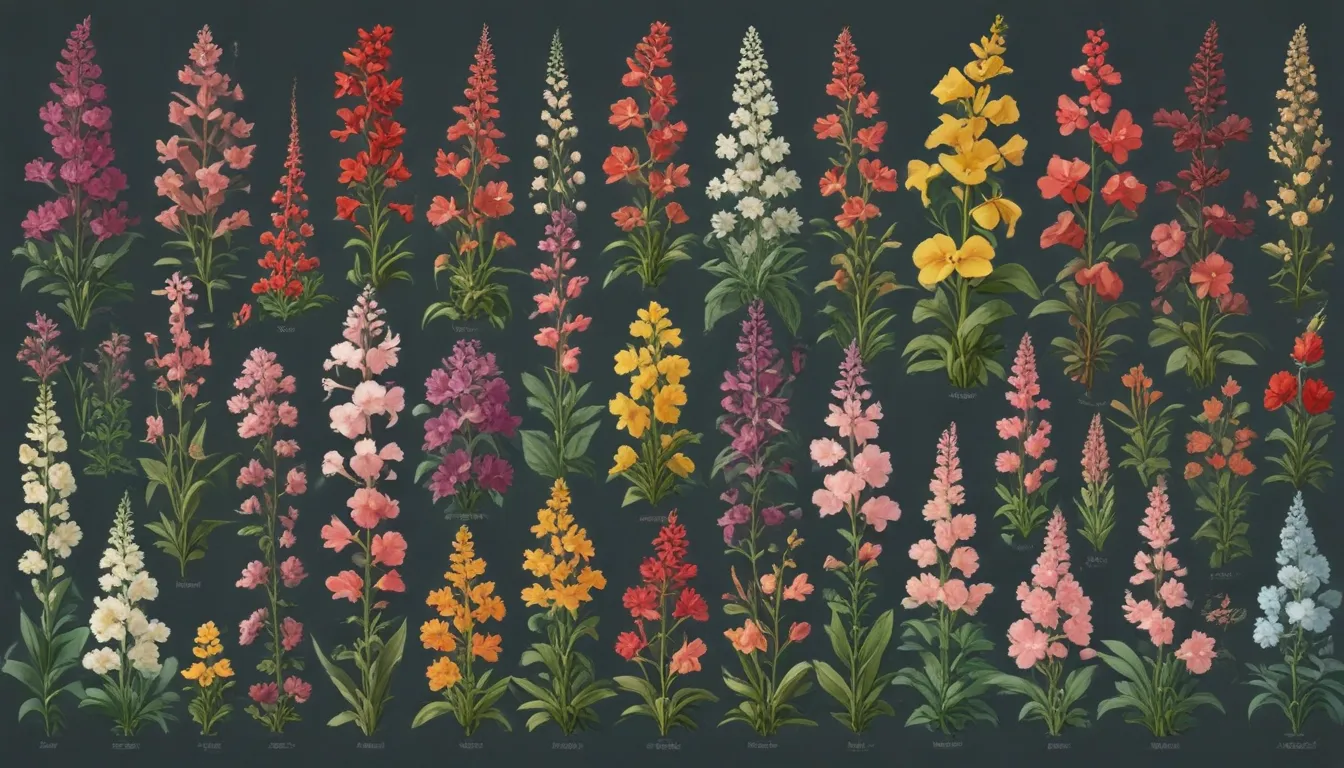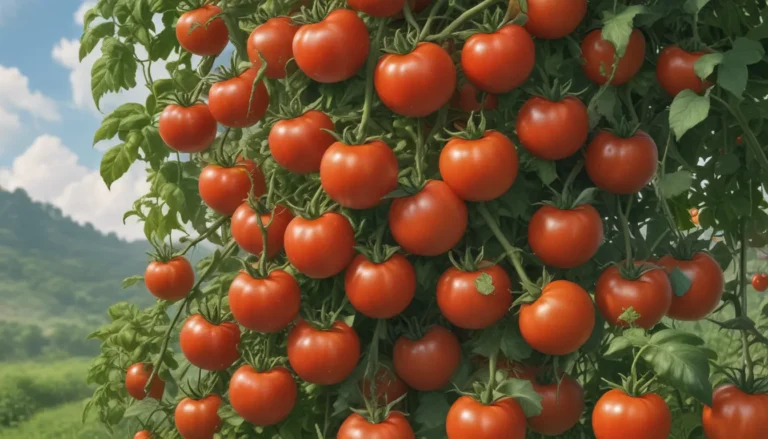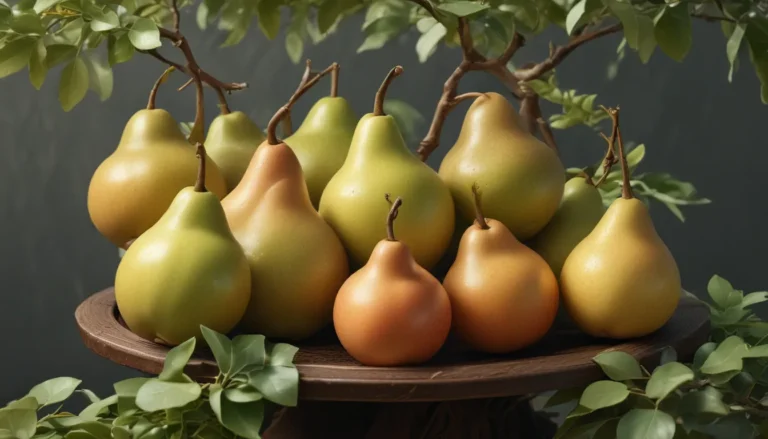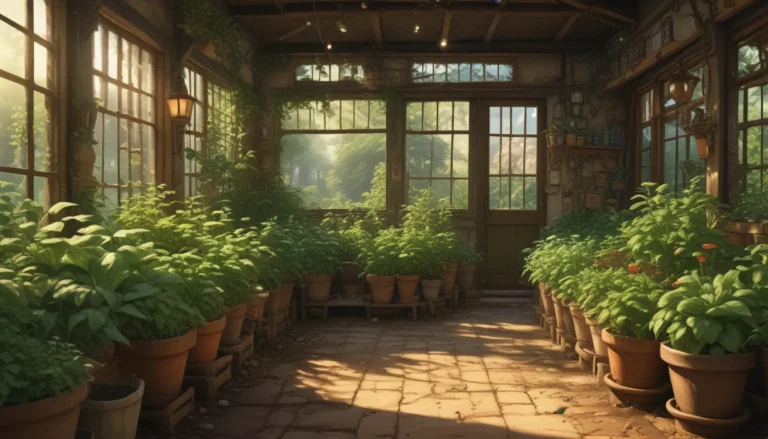Snapdragon Types: A Comprehensive Guide to Flower Shapes & Classifications

Snapdragons are truly iconic flowers that captivate our attention with their unique appearance. If you’ve ever walked past a patch of snapdragons and resisted the urge to give their little jaws a pinch, you’re not alone. These beautiful flowers come in a variety of shapes, sizes, and colors, making them a favorite among gardeners and flower enthusiasts.
In this in-depth guide, we’ll dive into the world of snapdragon types, exploring flower shapes, classifications, and everything in between. Whether you’re a seasoned gardener or just starting out, this guide will help you navigate the jargon and choose the perfect snapdragon for your garden.
Understanding Snapdragon Types
Before we delve into the specifics of snapdragon types, it’s essential to familiarize yourself with the basics of these versatile flowers. From flower shapes to group classifications, here’s what you can expect to learn in this guide:
- Flower Type
- Group Classification
- Height and Growth Habit
- Series and Cultivars
But before we get into the details, let’s set the stage for your snapdragon journey by prepping your vases and envisioning your dream cottage garden.
Flower Type
Snapdragons come in two main types of flowers: single-flower and double-flower. The single-flower variety features a hinged jaw that opens like a mouth, giving them their characteristic snapdragon appearance. On the other hand, double-flower snapdragons, also known as butterfly or azalea snapdragons, boast abundant, flatter petals that resemble azaleas or butterflies.
Popular examples of single-flower snapdragons include the Aroma series, while the Bright Butterflies series is a well-known option for double-flower varieties.
Group Classification
Snapdragons are often classified based on their ideal growing season and flowering period, taking into account factors like temperature and daylight hours. While not an official botanical system, these classifications help both commercial growers and home gardeners organize their snapdragons effectively.
Group I: Winter
Ideal for weak light and short days during the winter months, Group I snapdragons are perfect for Zone 6 and Zone 7 with some protection. These plants are shorter with small flower heads, but they bloom quickly, making them a great choice for early-season planting. Popular Group I varieties include Admiral, Chantilly, and Alaska.
Group II: Early Spring
Group II snapdragons thrive in brighter light and longer days than their winter counterparts but less than summer types. Medium in height with medium-sized flowers, these plants are ideal for early spring planting. Look for series and cultivars like Cinderella, Costa, and ‘Little Darling’ in this group.
Group III: Late Fall
Similar to early spring types, Group III snapdragons bloom best in the fall, extending the flowering season into late fall. Series like Animation and Apollo are popular choices in this category.
Group IV: Summer
Suited for the brightest light and longest days, Group IV snapdragons require a long time to mature and bloom later in the year. Avoid using tunnels or frost cloth with these plants, as they thrive in intense summer light. Rocket and Opus series are well-known varieties in this group.
By cultivating snapdragons from different groups, you can enjoy a continuous display of colors throughout the seasons, provided you provide the right growing conditions.
Height and Growth Habit
In addition to flower shapes and group classifications, snapdragons are also grouped based on their mature height. Here are the main height categories you’ll encounter:
- Tall (24 to 36 inches)
- Intermediate (12 to 24 inches)
- Short (9 to 12 inches)
- Dwarf (4 to 9 inches)
Tall snapdragons may require cages or supports for cut-flower displays, while dwarf varieties are perfect for containers. Popular series like Liberty, Tahiti, Bells, and Floral Showers cater to different height preferences.
While most snapdragons have an upright growth habit, trailing varieties like Chandelier and Luminaire offer a unique aesthetic for your garden.
Series and Cultivars
Many snapdragon cultivars are trademarked and sold in series, which group together identical flowers of varying colors. These series are a convenient way to choose snapdragons with matching characteristics and growing requirements.
Heirloom and hybrid cultivars that are not part of a series also exist, such as the popular ‘Black Prince’ with deep purple flowers and dark green foliage.
Popular snapdragon series like Floral Carpet, Princess, Double Azalea, Opus, and Chimes provide a wide range of colors and variations to suit every gardener’s preference. Keep in mind that the term “series” in this context refers to a marketing designation rather than a botanical classification.
Exploring the Diversity of Snapdragons
Snapdragons are incredibly diverse, offering a wide range of colors, sizes, and shapes beyond what you might find at your local garden center. Whether you prefer weeping, multicolored blooms or upright, dark varieties, there’s a snapdragon for every taste and gardening style.
As you embark on your snapdragon journey, consider the endless possibilities these flowers offer. Are you drawn to vibrant, eye-catching hues or subtle, elegant shades? Share your snapdragon preferences in the comments below!
We hope this comprehensive guide has shed light on the fascinating world of snapdragons and inspired you to explore the beauty of these iconic flowers. For more in-depth guides on growing snapdragons, harvesting their flowers and leaves, or understanding their lifecycle, stay tuned for our upcoming articles.
In conclusion, by following this comprehensive guide on snapdragon types, you’ll be well-equipped to choose the perfect varieties for your garden. From understanding flower shapes to navigating group classifications, we’ve covered everything you need to know to cultivate beautiful snapdragons in your outdoor space. Happy gardening!





